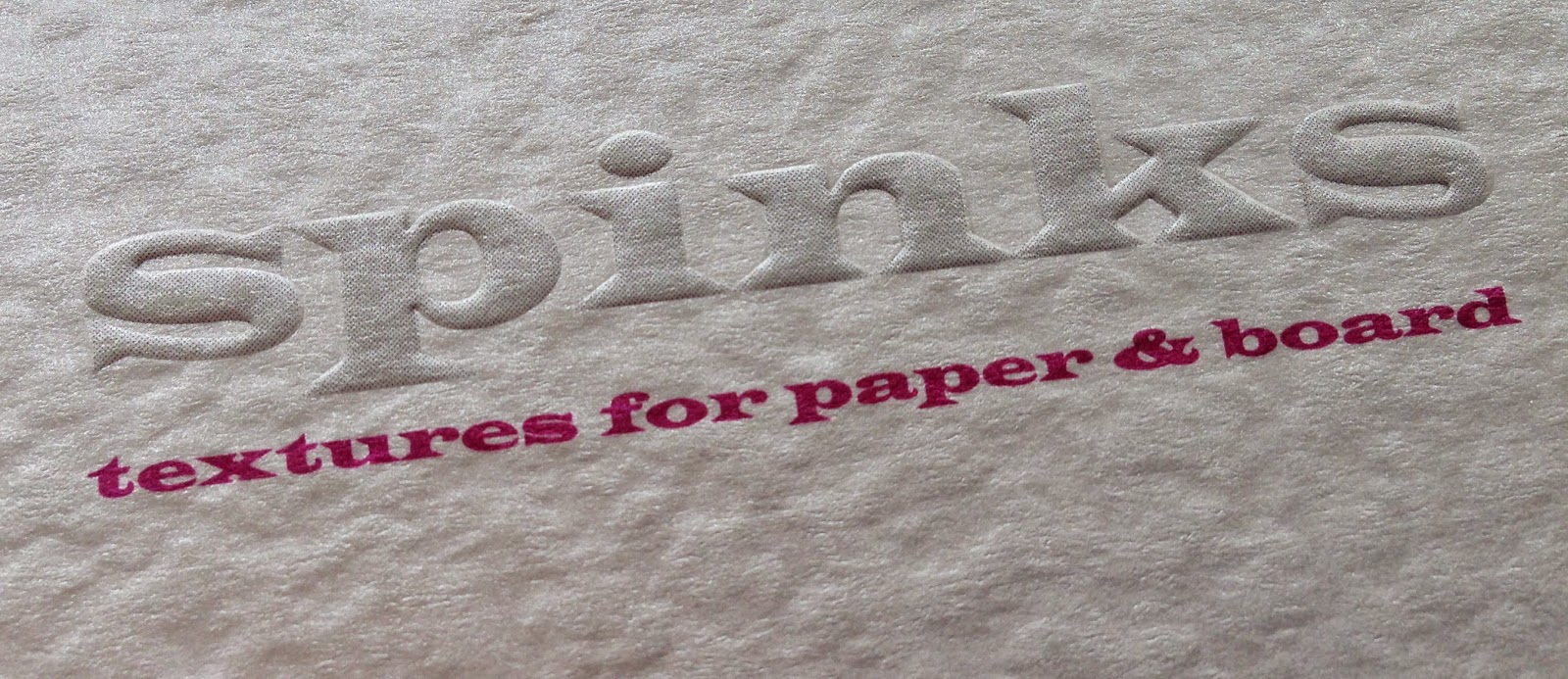Regular followers of this blog will know that my first post of every month is a "job from the past" so that I can show some of the really good work from years gone by...
My|Your|Our Spitalfields - 2004
Bostock and Pollitt designed the identity and marketing material for the Spitalfields retail development in London. The resulting identity keeps the name of the area, in combination with the strapline My|Your|Our Spitalfields. The project incorporated hoardings and literature, including this brochure.
The design of the brochure and identity is heavily influenced by the Huguenot silk weaving community, who were immigrants to the area after their exodus from France and their cultural influences had a profound impact on the area which is still evident in the locality today.
 |
| Click on images to enlarge |
As you will be able to see from the image, the design is based on a sewn/cloth/cross-stitch feel. The binding is 'side-sewn' with a red thread, which compliments the design beautifully. Size of the brochure is 245x175mm, portrait with a 36pp text.
 The remarkable feature of this brochure is the cover. Ideally a cloth feel was required on the cover and the designer didn't want to use a linen embossed paper which would have a 'faux' feel. So they looked at bookcloths, however that would have meant only a limited number of processes could be used (silkscreen/foil etc). Readers may not be aware but we, at Fenner Paper, do a very unusual product called Flaxprint Litho Printable Bookcloth. It is a genuine bookcloth which is litho printable. This cover is printed offset litho in CMYK with the 'sand' colour being printed as a special. However, a bookcloth is only one sided, usually with a paper reverse, so it can be mounted onto board to form a casebound cover or slipcase. Because this is a limp bound publication with a soft cover, the solution was to duplex the Flaxprint , back to back, so the 'cloth' appears on both the outside and inside covers. The result looks and feels absolutely amazing.
The remarkable feature of this brochure is the cover. Ideally a cloth feel was required on the cover and the designer didn't want to use a linen embossed paper which would have a 'faux' feel. So they looked at bookcloths, however that would have meant only a limited number of processes could be used (silkscreen/foil etc). Readers may not be aware but we, at Fenner Paper, do a very unusual product called Flaxprint Litho Printable Bookcloth. It is a genuine bookcloth which is litho printable. This cover is printed offset litho in CMYK with the 'sand' colour being printed as a special. However, a bookcloth is only one sided, usually with a paper reverse, so it can be mounted onto board to form a casebound cover or slipcase. Because this is a limp bound publication with a soft cover, the solution was to duplex the Flaxprint , back to back, so the 'cloth' appears on both the outside and inside covers. The result looks and feels absolutely amazing.Flaxprint 74lb cover, really is an amazing product. As far as I am aware this is the only genuine bookcloth (as opposed to paper) which is litho printable and offers amazing versatility. Having the ability to print an image and solid colours on a casebound book on a genuine cloth, rather than a paper alternative, offers a huge range of possibilities. In comparison with paper, a cloth is virtually indestructable! ...which is why it has been used in bookbiding for hundreds of years, The below image shows the close detail of the weave and print detail.
Design is by Bostock and Pollitt, senior designer on the project was Pat Glover. Photography is by John Spinks. The exceptional print and finishing is by Gavin Martin.
I know the images do not do this project justice but hopefully I have given some insight to the project and cover in words. If you are not familiar with Flaxprint and would like a sample, please get in touch.
http://www.bostockandpollitt.com/
http://www.eastphotographic.com/#/artists/johnspinks/
http://www.gavinmartincolournet.co.uk/
Posted by Justin Hobson 03.03.2015





















































